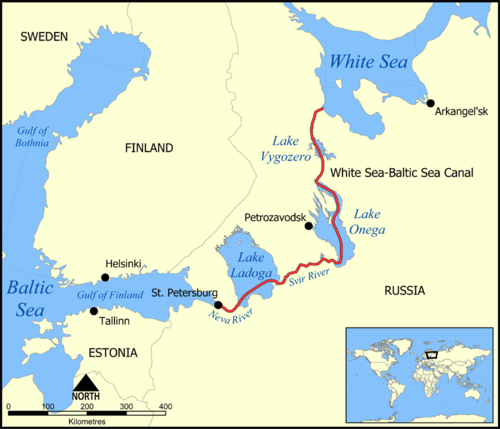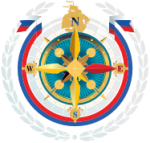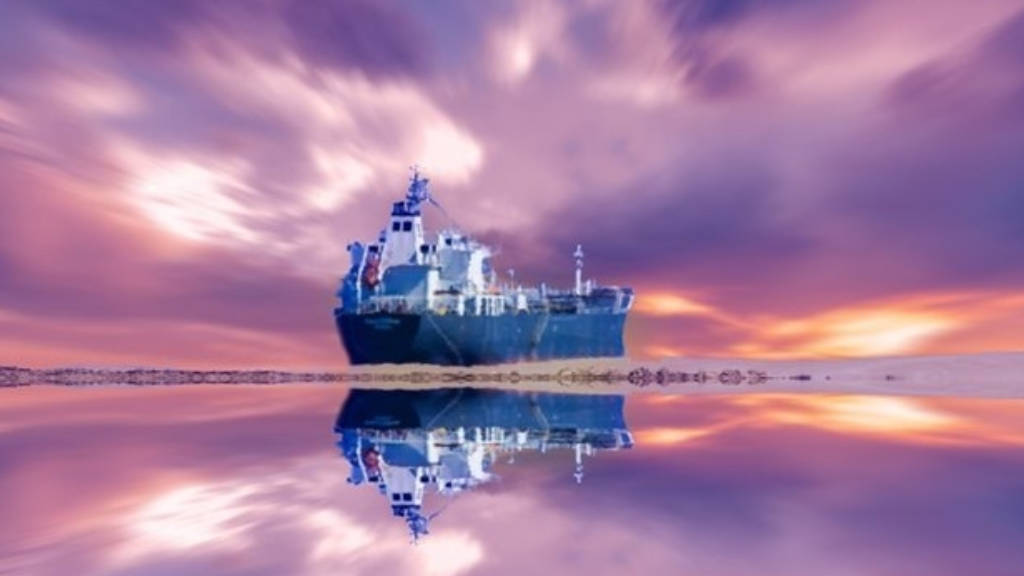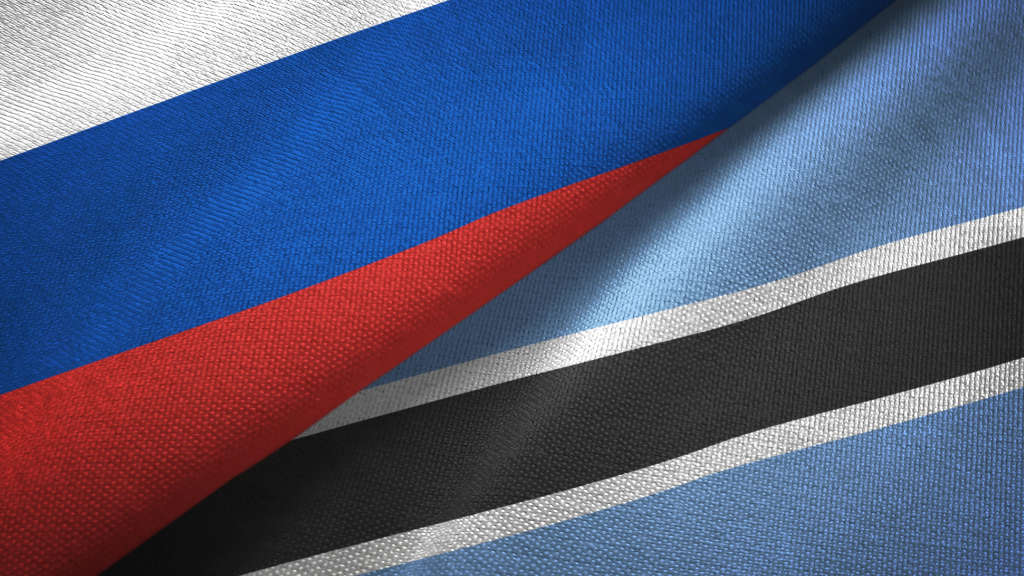The Maritime Board of Russia, which celebrates one year since its establishment on August 13, 2025, is focusing its work on the implementation of strategic international transport projects—the Transarctic Transport Corridor (TTC) and the North-South International Transport Corridor (ITC), according to Nikolai Patrushev, Assistant to the President and Chairman of the Board.
Patrushev said that “The Transarctic Transport Corridor depends on the capacity of Russian domestic logistics and the effective use of the capabilities of the inland waterways of Russia. The White Sea-Baltic Canal is an illustrative example. Its modernization will help increase the utilization of the Transarctic Transport Corridor and also increase the efficiency of the North-South International Transport Corridor. Amid the growing geopolitical tension and confrontation with collective West countries, free access to the world’s oceans is of special significance to Russia. To this end, it is important to reinforce the country’s transport framework and build a seamless transport system by ensuring interconnected and uninterrupted functioning of sea, rail, road, and inland water modes of transport. It is important for Russia to develop transport routes ensuring safe navigation and guaranteeing access to countries with which it actively develops trade links.
The Trans-Arctic Transport Corridor should be one of such routes. Countries that Russia sees as friendly display a lot of interest in developing shipments via this Arctic route. For instance, China actively invests in developing Arctic shipments. India is mulling the integration of the Vladivostok-Chennai maritime route with a project of international container transit via the Northern Sea Route, which is part of the Trans-Arctic Corridor.”

Sergey Vakhrukov, the head of the Presidential Office for National Maritime Policy, has stated that “The Transarctic Transport Corridor project is actively developing and unites key ports: Kaliningrad, St. Petersburg, Murmansk, Arkhangelsk, and Vladivostok. Although the legal registration of the corridor is still in the process, it de facto functions by connecting Asia and Europe.”
The White Sea-Baltic Canal is a navigable canal in Russia connecting the White Sea with Lake Onega. Lake Onega and the White Sea-Baltic Canal connect the European part of Russia with the Worlds Oceans, bypassing the Baltic, Black Sea and Mediterranean straits. The canal plays a strategic role in the development of the Northern Sea Route, opening the shortest and most convenient access to the northern seas. The length of the canal is about 227 km, 37 of which are man-made. The route begins near the town of Belomorsk on the White Sea coast. Then the canal passes through natural and constructed water areas of Karelia. These include the Vytegra River, Matkozero Island and a group of sluices. With the help of the latter it was possible to compensate for height differences. The canal was opened in 1933, but is currently under reconstruction and expansion. The conventional direction of the current is considered to be from Lake Onega to the White Sea, and all navigation signs (buoys, lighthouses) are equipped in accordance with this rule.
The canal makes it possible to ship heavy and bulky items from Russia’s industrial centers to the White Sea and then by sea-going vessels to Siberia’s northern ports and on to Asia. With European threats to hinder or even close the Baltic Sea to Russian shipping, the canal has also become an alternative route for Russia’s European ports to access markets in Asia as opposed to European markets and is being reconfigured accordingly.
Further Reading
The Russian Arctic Needs to Be Integrated Into National Transport Infrastructure






